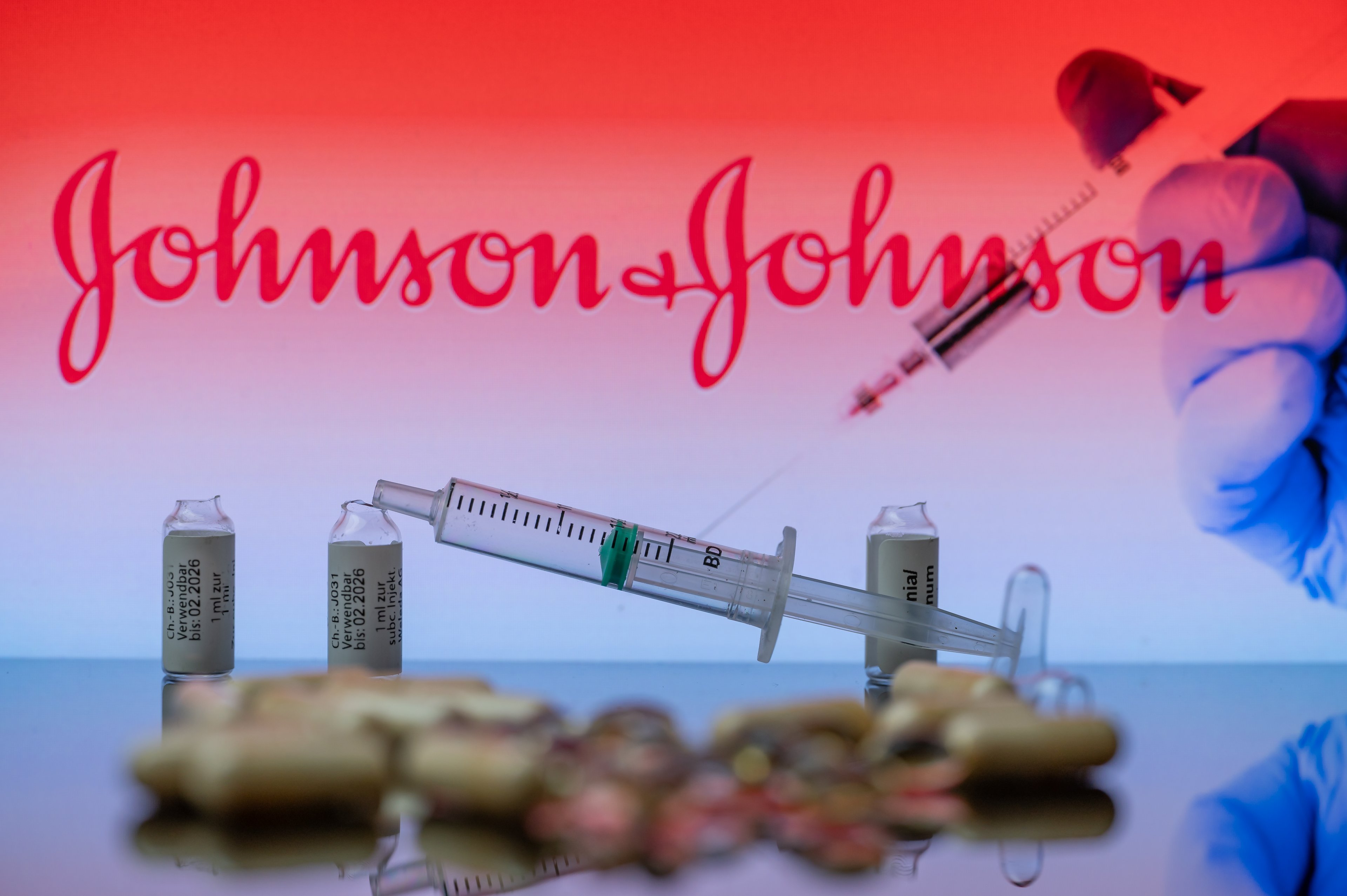Over the past few years, annual revenue growth of pharma giants Johnson & Johnson (JNJ 0.66%), Novartis (NVS +0.06%), and Bristol-Myers Squibb (BMY +0.05%) has been mostly flat to somewhat negative. Although each of these companies market dozens of products, making it hard for any one to move the needle on its own, the emergence of a multi-billion dollar blockbuster could make a big impact.
To different degrees, each company is poised to lose sales to negative currency fluctuations and generic competition this year. The good news, though, is that all three are already marketing game-changing new therapies could help the top lines begin sloping upward again.
Opdivo
Now that Bristol-Myers Squibb no longer has U.S. commercialization rights to Otsuka's Abilify, the pressure on its superstar cancer therapy, Opdivo, is higher than ever. The drug, which limits tumors' ability to hide from the immune system, has been racking up one label expansion after another.
First approved by the FDA in December 2014 for treatment of a narrowly defined group of melanoma patients, Opdivo is now the only PD-1 inhibitor approved for treatment of some kidney cancer patients, and it has an important lead in lung cancer.

Image source: Bristol-Myers Squibb.
For lung cancer patients to receive Merck's drug of the same class, Keytruda, they must pass an FDA-approved diagnostic. Opdivo is available for the same population, without the diagnostic restriction.
Last year, Opdivo sales jumped sequentially, from $305 million in the third quarter, to $475 million in the fourth. So far this year it received another important melanoma expansion. It also proved so effective at prolonging survival in a pivotal head-and-neck cancer trial that the study was stopped early so patients in the control group could enjoy the benefits as well. That's about the best news you can hear from a cancer trial, and expansion into this indication is probably right around the corner.
I'll admit when I saw peak sales estimates in excess of $13 billion annually for Opdivo, I was skeptical. Following its clinical trial successes, plus rapid increases in sales, and label expansions, that figure no longer seems so far-fetched. Last year, Opdivo contributed just $942 million of Bristol's $16.56 billion in total revenue. Should the drug even approach its peak estimates, the top-line gains would be tremendous.
Entresto
As impressive as Bristol's total annual revenue looks, it's dwarfed by the $49.4 billion Novartis reported last year. For 2016 the company expects to lose about $3.2 billion in sales to generic competition for its top seller, Gleevec, and other drugs.

Image source: Novartis.
Recently launched heart-failure drug Entresto, however, carries an important advantage over the standard of care that could more than offset Gleevec losses. During the trial that led to its approval, patients receiving Entresto experienced a 20% reduction in death from cardiovascular causes.
One advantage Entresto doesn't have over the standard of care is its price. Generic enalapril can be purchased for pennies per pill. At $12.50 per day for Entresto, or about $4,560 a year, healthcare providers are justifiably cautious, despite Entresto being a better drug. Approved last year in both the U.S. and European Union, it has experienced frustratingly sluggish sales because of reimbursement issues. Given Entresto's ability to reduce expensive hospital visits, I believe it's just a matter of time before it becomes the new standard of care for millions of eligible patients.
America's largest pharmacy benefit manager, Express Scripts, added Entresto to its 2016 preferred formulary. That's a big step in the right direction. While it may take several years to get there, the overall value it represents in reduced hospitalizations for cardiovascular events could eventually push peak annual sales to the $10 billion mark.
Darzalex
With Revlimid and Pomalyst from Celgene, as well as Kyprolis from Amgen, well established in the multiple myeloma setting, you might be wondering how Johnson & Johnson's latest offering, Darzalex, which the FDA approved last November, can significantly increase sales of a company that reported $70.1 billion in total revenue last year. After all, there are only about 27,000 new cases of this blood cancer in the U.S. each year, and patients must have progressed following treatment with at least three of them before being eligible for Darzalex.
The new therapy's potential lies in its unique mechanism of action. Darzalex is a first-in-class antibody that initiates an immune response after binding to CD38, a protein found on the surface of multiple myeloma cells. This approach has led to impressive response rates in heavily pre-treated patients. Although not measured head to head, it also appears far more tolerable than its contenders.
It won't happen overnight, but given its advantages, I expect some significant label expansions in Darzalex's future. By 2020, the multiple myeloma market is expected to climb to $18.4 billion. Carving out a large portion is just what Johnson & Johnson needs to return its top line to growth in the years ahead.
Fool-worthy final thoughts
Of the catalysts discussed in this article, Bristol's Opdivo represents the biggest opportunity I've seen in the industry in some time. However, you should never make an investment in a big pharma based solely on the prospects of a single drug. These companies are comprised of many moving pieces that need to be considered in a holistic way.
For companies that submit multiple new drug applications each year and lose patent protection on others, it's important to gauge the overall efficiency of their R&D engines. One way to do this is to weigh the potential value of a company's pipeline against reported R&D costs. For companies pursuing dozens of projects, the research sometimes appears to be a daunting task -- but it's one well worth the effort.








